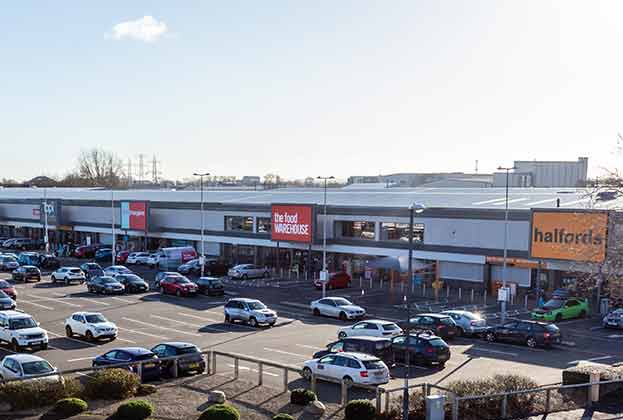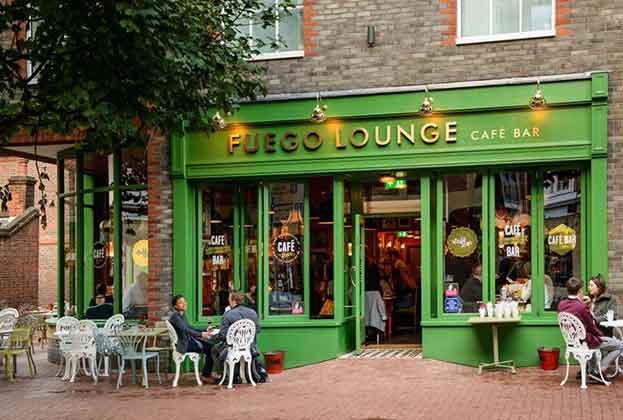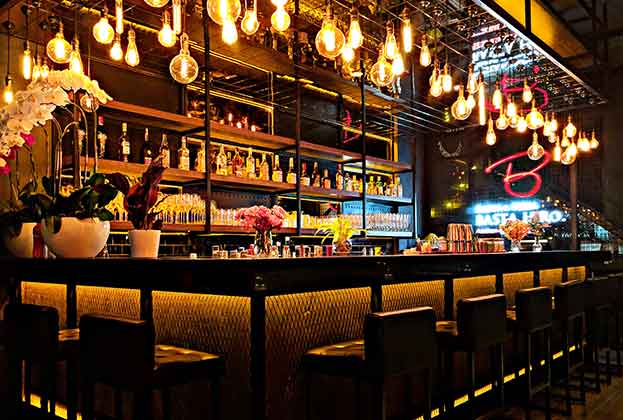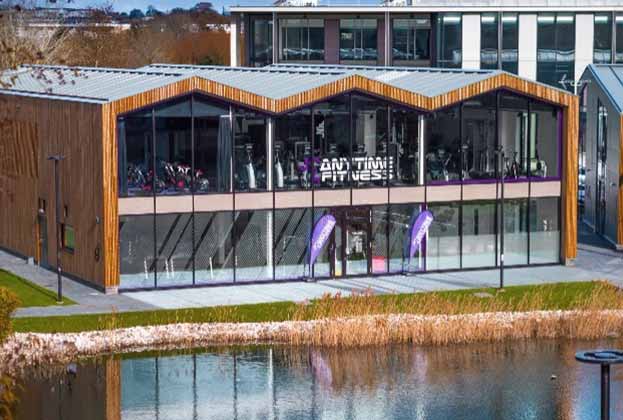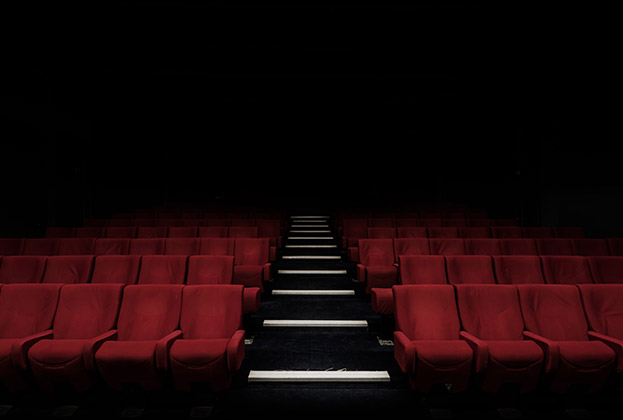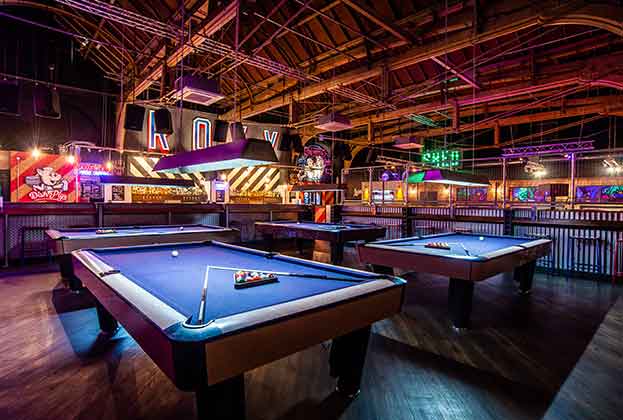The end of lockdown has seen improvements in acquisition activity for leisure operators across high streets, shopping centres and retail parks
Alongside the improvements in consumer spending, the leisure sector has seen a return to growth in the number of operators acquiring space. As this report will demonstrate, rather positively this is true both for the UK as a whole and by asset class. A more detailed look at the relationship between openings and closures suggests this is not universal for all leisure subsectors, with parts of the hospitality market seeing a reduction in representation.
In our analysis of operator growth/decline, Savills has included what it considers to be the key leisure sectors, namely restaurants, pubs, bars and clubs, cafés and takeaways, gyms, and other entertainment venues (including cinemas, casinos, bowling-alleys and competitive socialising venues). Figure 4a (see below) shows the total number of multiple and independent leisure units nationwide, across these categories, comparing the numbers seen in Q4 2019 (just before the onset of the pandemic), and every six months thereafter until the present day.
It is the independent operators that have seen the most significant and steady growth, accounting for a 14.26% increase in unit representation between Q4 2019 and the present day
Sam Arrowsmith, Director, Commercial Research
Covering these key sectors, it is evident there has been a net gain of c.14,000 leisure units since Q4 2019. Taking both store closures and new openings into account, the number of leisure units in the UK increased from c.132,500 to c.146,500. This represents an overall increase of 10.4%.
Breaking this down further, we can see it is the independent operators that have seen the most significant and steady growth, accounting for a 14.26% increase in unit representation between Q4 2019 and the present day, compared to 0.39% for multiples, who have seen a recovery in numbers following an inevitable dip, as more stores closed than opened during the height of the crisis (figure 4a).
Figures 4b, 4c and 4d (below) highlight how we have seen a return to growth in the number of multiple leisure units across the different asset classes; high streets, shopping centres and retail, leisure and shopping parks, following a period of Covid-related decline.
For high streets and shopping centres, it is true to say we are not yet quite at the same level we were at in the quarter before the pandemic struck, although the numbers are indeed close enough to suggest we are back to where we were pre-Covid, bar the shouting; high streets and shopping centres are currently only 1.2% and 1.9% below the numbers we saw in Q4 2019.
In fact, for both retail property types, even in Q2 2021, when each saw the number of leisure operators fall to their lowest since the onset of the pandemic, provision was still only 2.2% and 4.3% lower than it had been at the start. High street and shopping centres have both seen growth since that period, with numbers increasing by 1.0% and 1.4% respectively, from the end of Q4 last year.
For independent leisure operators in shopping centre locations, we saw a mirroring of the multiple-operator pattern of retraction and recovery seen across the UK leisure market as a whole. Despite a decline in independent leisure operators up to Q2 2021, numbers have since recovered and currently sit at 9.3% above what they were at the end of 2019.
However, both high streets and retail, leisure and shopping parks combined have seen nothing but a steady and continuous growth pattern for independent leisure operators since the onset of Covid-19, currently 7.9% and 22.7% higher than in Q4 2019. This has a lot to do with the explosion in the number of cafés and fast food takeaway outlets, as new operators looked to take advantage of the increased propensity for consumers to order food to their homes.
Retail, leisure, and shopping parks combined have seen steady and continued growth, not just for independent retailers but, more commonly, for multiple leisure operators
Sam Arrowsmith, Director, Commercial Research
At this juncture, it is important to make the point that despite this positivity, the leisure market has not been without its fair share of pain. This analysis is a look at leisure provision overall. Yes, we may have seen a return to growth and, in some cases, an improvement on the amount of provision seen pre-Covid; however, as we will see throughout this report, this is essentially a balancing effect. For example, the UK’s licensed sector has begun to see significant net decline in the third quarter of 2022, whilst at the same time, we are seeing strong growth in food & beverage operators, particularly in the out-of-town retail market.
Figure 4d highlights how retail, leisure, and shopping parks combined have seen steady and continued growth, not just for independent retailers but, more commonly, for multiple leisure operators. This has been largely driven by the number of food and beverage operators competing for space in this market.
Read the articles within Spotlight: UK Leisure – 2022 below.
.jpg)
